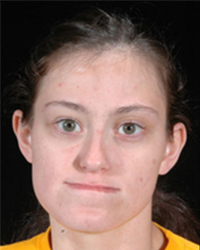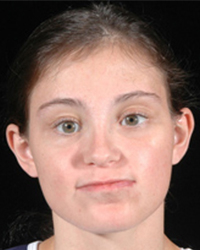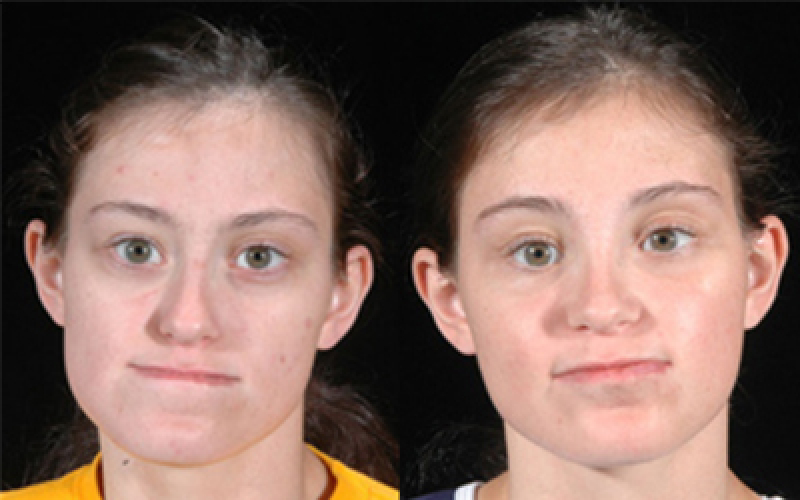Jaw Deformity in Dallas, TX
For over 40 years, the physicians and staff at the International Craniofacial Institute in Dallas, Texas have provided excellent treatment and care for patients who suffer from jaw disorders such as jaw deformity. These disorders, which may be genetic or a result of an injury, are evident in parts of the jaw that are abnormally small or large. This affects the appearance of the patient, as well as the functioning of the jaw.
What Is Jaw Deformity?
Jaw deformity refers to a number of abnormal conditions in the jaw area. If they are mild, they can usually be corrected by dental treatment. In cases of more severe abnormalities, surgical treatment by expert surgeons is needed. The more serious problems can be inherited and are apparent at birth, or they may develop as a result of an accident. Some part of the jaw is often beyond normal size which affects the patient’s appearance and the efficient function of eating, speaking, biting, smiling, and breathing.
Signs and Symptoms of Jaw Deformity
The symptoms of jaw deformity can have a profound effect on those who suffer from this condition. Usually obvious physical signs affect parts of the face or possibly the entire face due to improper alignment of the jaw and the teeth. Jaw deformities can result in difficulties speaking, chewing, breathing, and performing other movements of the jaw. This also may be a painful condition for some patients. Other symptoms are a chin that is too small or too large or is elongated. This can be present in the upper or the lower jaw.
What Are the Types of Jaw Deformity?
The two jaws are the
- upper jaw (maxilla) and
- lower jaw (mandible).
The seven types of jaw deformity are as follows:
- Macrogenia refers to a chin that grows beyond normal size, causing the nose and eyes to look disproportionately small. This may be corrected surgically by shortening or setting the chin back.
- Microgenia refers to a chin that hasn’t developed to normal/full size, causing the nose and eyes to look disproportionately large. This may be corrected surgically by adding more tissue.
- Macrognathia refers to an overgrown lower jaw that juts out beyond the upper jaw. This may be corrected by surgically reducing excess bone.
- Micrognathia refers to a lower jaw that hasn’t grown enough to be normally sized. This may be treated with early orthodontics to align the teeth, followed by surgical chin advancement.
- Malocclusion refers to an excessively long upper jaw, resulting in a smile that shows most of the gums. This may be treated surgically by shortening and reshaping the jaw, followed by orthodontics to align the upper and lower jaws.
- Long Maxilla refers to a chin that grows beyond normal size, causing the nose and eyes to look disproportionately small. This may be corrected surgically by shortening or setting the chin back.
- Short Maxilla refers to an upper jaw that is proportionately too short for the face, which may hide the teeth and create an abnormal bite. Whether part of a birth anomaly or a result of an injury, it may be treated by surgically lengthening the jaw, followed by orthodontics to align the upper and lower jaws.
Diagnosis of Jaw Deformity
The first step in the diagnosis of any jaw deformity would be to consult a well-trained surgeon and orthodontist. If the main problem is malocclusion where the teeth are badly misaligned, dental work may take care of the problem. If the face is deformed and the facial appearance is not normal with problems with functions of the teeth, jaw, and mouth, then a series of surgical procedures is indicated.
Treatment of Jaw Deformity
Please refer to the “Types of Jaw Deformity” section above, where treatment for all seven types of jaw deformity is explained.
Why Choose International Craniofacial Institute?
Since its founding by Dr. Kenneth Salyer in 1971, the International Craniofacial Institute has gained worldwide recognition as being one of the most advanced facilities in the treatment of craniofacial disorders. The complexity of the field means we understand our patients have an array of dental, medical, psychosocial, and surgical needs. To address these issues, our team consists of many dedicated professionals who represent more than 15 disciplines of specialty. Our physicians have successfully treated more than 17,000 patients from more than 30 different countries. We additionally train surgeons from many world locations in the advanced techniques required for craniofacial diagnosis, surgical correction, and repair.
If you have a child or another family member who is suffering from a genetic syndrome or has a cleft lip, cleft palate, or craniofacial complication, the staff at the International Craniofacial Institute can help. Contact us today to talk with the doctors and staff about your options and how we can help.


